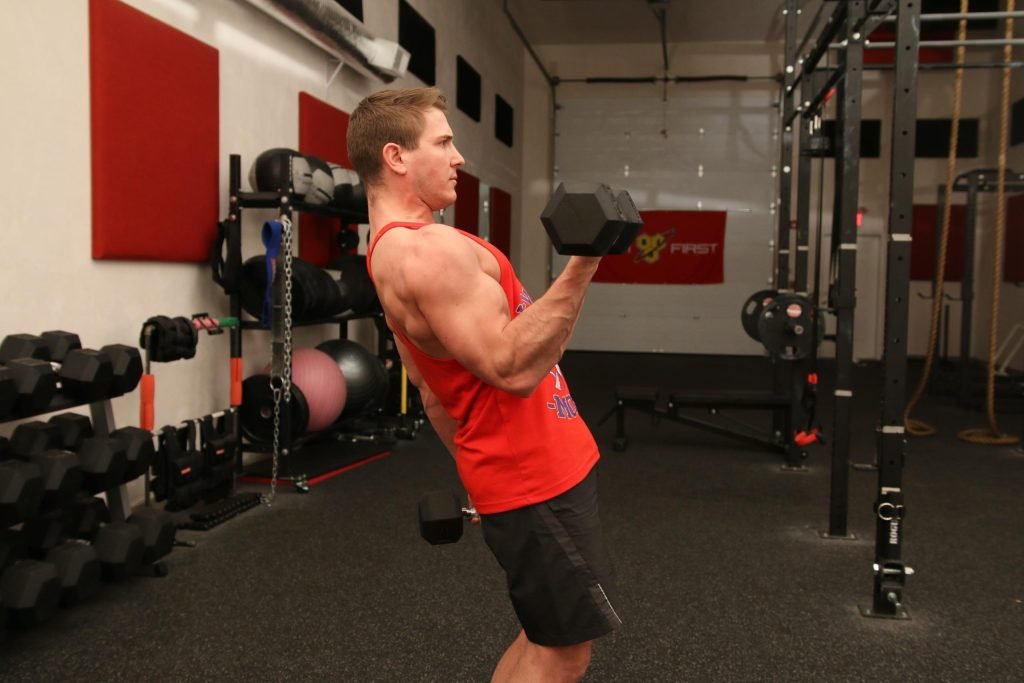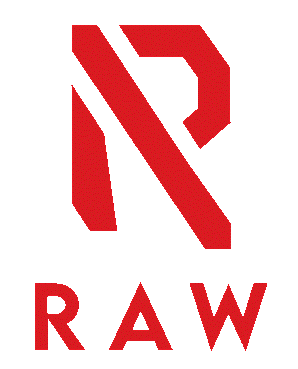Bicep curls are one of the most common exercises performed in the gym. It looks simple and all variations of the curl include elbow flexion as that is the primary role of the biceps brachii. This exercise seems simple, and it should be. However, there are many common mistakes that gymgoers or even athletes make. Hence, we will look at some of the common mistakes and how to address those mistakes to be more efficient in the exercise and grow bigger biceps!
Firstly, let us take a look at the strength curve of this exercise. The bicep curl seems to be easy off the start of the rep from the bottom but gets harder and harder as elbow flexion reaches 90 degrees. The rep then gets easy at the top of the curl. Hence, the most difficult part of the curl is actually mid-way through the repetition and there is a biomechanical explanation of this. When elbow flexion is at 90 degrees, the weight of the barbell or dumbbell is the furthest away from the elbow, hence, the moment arm is at its highest when elbow is at 90 degrees. Therefore, it is very common for the body to self organize and find ways to compensate in order to get the weight up especially when it begins to fatigue mid-set.

Swinging with the lower back
We have all seen or done this before in the gym. Guys swinging the weight up and down while performing their curls, trying to move as much weight as possible. However, this increases your risk of injury even though you are able to move more weight. Moreover, the tension is not necessarily going to the biceps since you are using your lower back to facilitate the movement. You may be doing this sub-consciously with a very subtle swing. Hence, some signs include lower back tightness or pain after the set, or you could try leaning against the wall with the weight you normally use. If the exercise with the same weight against the wall feels significantly harder, you definitely are using your lower back to facilitate the movement during an actual bicep curl exercise. If this is you, lower the weight and maintain a more upright posture, so as to reduce injury and increase tension in the biceps brachii for more bicep growth.
Cutting the range of motion short at the bottom to “maintain tension”
You have all heard this before told to you by someone or even seen it yourself. People doing partial reps in the gym cutting the bottom range short to not allow the “tension to leave the muscle when the joint is fully lengthened”. A study conducted on the preacher curls divided subjects into Group A and B. Group A performed only the bottom half of the rep while Group B performed only the top half of the rep. What they found was that biceps growth was greater for Group A compared to B by a significant amount. Hence, it is important to prevent cutting your range of motion short especially at the bottom of the rep for every exercise. What you can do to ensure that you have fully extended the elbow is to slightly flex the triceps at the bottom of the rep before initiating the next. That will get you in the right ballpark.
Curling the wrist
More often than not, you may feel forearm fatigue faster than your biceps while performing the bicep curls. One of the roles of the forearm is the perform wrist flexion. Hence, people subconsciously perform wrist flexion as they perform the bicep curl, hence, leading to quicker forearm fatigue. When performing the bicep curls next time, constantly focus on this one cue, “maintain a neutral wrist position” until it becomes a subconscious behaviour. You do not want to allow the wrist to extend backwards either as it can put unnecessary strain on the forearm flexors as well. Hence, make sure to maintain a neutral wrist position throughout the lift.
- Beyond the Comfort Zone: Embracing the Unknown in Fitness and Life - November 14, 2025
- Why Traditional Gyms Don’t Work (And What Does): The Anti-Gym Revolution - November 14, 2025
- The Art of Rest: Knowing When to Stop and Recover During Training - October 21, 2025

3 Responses